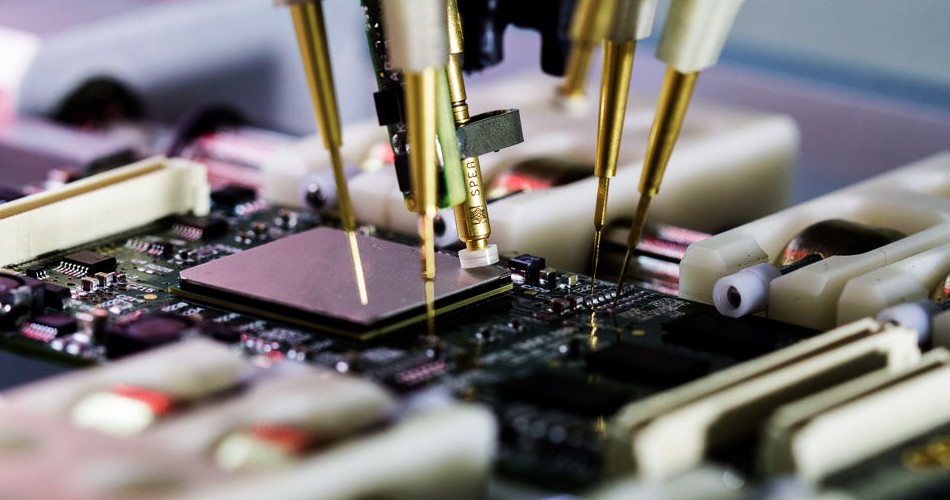- English
- Español
- Português
- русский
- Français
- 日本語
- Deutsch
- tiếng Việt
- Italiano
- Nederlands
- ภาษาไทย
- Polski
- 한국어
- Svenska
- magyar
- Malay
- বাংলা ভাষার
- Dansk
- Suomi
- हिन्दी
- Pilipino
- Türkçe
- Gaeilge
- العربية
- Indonesia
- Norsk
- تمل
- český
- ελληνικά
- український
- Javanese
- فارسی
- தமிழ்
- తెలుగు
- नेपाली
- Burmese
- български
- ລາວ
- Latine
- Қазақша
- Euskal
- Azərbaycan
- Slovenský jazyk
- Македонски
- Lietuvos
- Eesti Keel
- Română
- Slovenski
- मराठी
- Srpski језик
PCBA Testing Strategies: Comparison of Functional Testing, ICT and FCT
2024-06-04
During the PCBA manufacturing process, PCBA testing is a critical step to ensure board quality and performance. Common testing strategies include PCB functional testing, ICT (In-Circuit Test) and PCBA FCT (Functional Test). Here's how they compare:

1. PCB Functional test:
PCB Functional testing is a testing method that verifies that the entire circuit board is functioning properly according to the design specifications.
Advantage:
Able to detect the functions of the entire system, including various sensors, communication interfaces, power supplies, etc.
The final performance of the PCBA can be verified to ensure that it meets the needs of the end user.
Typically used to verify circuit board operation under actual usage conditions.
Limitation:
Functional testing often requires the development of custom test fixtures and test scripts, which can be time-consuming and costly.
Detailed fault information of the on-board circuit cannot be provided.
Certain manufacturing defects, such as welding issues or component shifts, cannot be detected.
2. ICT (In-Circuit Test):
ICT is a testing method that performs precise electronic measurements on a PCBA to detect component connections and circuits on the board.
Advantage:
Ability to detect issues such as component values, connectivity and polarity on circuit boards.
Manufacturing defects can be quickly detected during the production process, reducing subsequent repair costs.
Detailed fault information is provided to help determine the root cause of the problem.
Limitation:
ICT often requires specialized test equipment and test fixtures, which adds cost and complexity.
Problems unrelated to circuit connections, such as functional failures, cannot be detected.
3. FCT (Functional Test):
FCT is a PCBA testing method to verify the functional performance of a circuit board, usually performed after assembly.
Advantage:
Functional issues such as input-output, communication, and sensor functionality can be detected.
For complex electronic products, PCBA FCT testing can simulate real usage scenarios to ensure that product performance meets requirements.
This can be done at the final stage after assembly to ensure assembly quality.
Limitation:
FCT testing usually requires customized test equipment and test scripts, so the cost is higher.
Manufacturing defects such as soldering problems or circuit connections cannot be detected.
Factors such as production scale, cost, quality needs and schedule are often considered when choosing a testing strategy. It is common practice to use these different types of tests simultaneously during the production process to ensure complete verification of board quality and performance. ICT and FCT are typically used to detect manufacturing defects and functional issues, while PCBA functional testing is used to verify final performance. This comprehensive testing strategy provides higher test coverage and quality control.
-
Delivery Service






-
Payment Options









